Consumer Awareness and Education
Consumer awareness regarding the benefits of electric vehicles is steadily increasing, which is positively impacting the OEM Electric Drive Unit Market. As more individuals become informed about the environmental and economic advantages of EVs, such as lower operating costs and reduced emissions, the demand for electric drive units is likely to rise. Educational campaigns and marketing efforts by manufacturers and environmental organizations are playing a pivotal role in this awareness-building process. Furthermore, as consumers become more knowledgeable about the technology behind electric drive units, they may be more inclined to choose electric vehicles over conventional options. This growing awareness is expected to drive the OEM Electric Drive Unit Market, as manufacturers respond to the heightened interest in electric mobility.
Rising Demand for Electric Vehicles
The increasing consumer preference for electric vehicles (EVs) is a primary driver of the OEM Electric Drive Unit Market. As environmental concerns gain prominence, more consumers are opting for EVs over traditional internal combustion engine vehicles. This shift is reflected in the sales figures, with EV sales projected to reach 30 million units by 2030. Consequently, OEMs are compelled to enhance their electric drive unit offerings to meet this burgeoning demand. The OEM Electric Drive Unit Market is thus experiencing a significant transformation, as manufacturers invest in research and development to produce more efficient and powerful electric drive units. This trend not only supports the automotive industry's transition towards electrification but also aligns with global sustainability goals, further propelling the market forward.
Government Regulations and Incentives
Government regulations aimed at reducing carbon emissions are significantly influencing the OEM Electric Drive Unit Market. Many countries have implemented stringent emission standards, compelling automakers to adopt electric drive technologies. For instance, the European Union has set ambitious targets to cut greenhouse gas emissions by at least 55% by 2030. In addition, various governments are offering incentives such as tax rebates and subsidies for EV purchases, which further stimulate market growth. These regulatory frameworks create a favorable environment for the OEM Electric Drive Unit Market, encouraging manufacturers to innovate and expand their electric drive unit portfolios. As compliance with these regulations becomes increasingly critical, the market is likely to witness accelerated advancements in electric drive technologies.
Technological Advancements in Battery Technology
Advancements in battery technology are playing a crucial role in shaping the OEM Electric Drive Unit Market. The development of high-capacity, fast-charging batteries is enhancing the performance and range of electric vehicles, making them more appealing to consumers. For example, solid-state batteries are emerging as a promising alternative to traditional lithium-ion batteries, offering higher energy density and improved safety. This technological evolution is expected to drive the OEM Electric Drive Unit Market as manufacturers seek to integrate these advanced battery systems into their electric drive units. As battery costs continue to decline, the overall affordability of electric vehicles is likely to improve, further boosting market demand and encouraging wider adoption of electric drive technologies.
Growing Investment in Electric Mobility Infrastructure
The expansion of electric mobility infrastructure is a significant driver for the OEM Electric Drive Unit Market. Investments in charging stations, battery swapping facilities, and smart grid technologies are essential for supporting the widespread adoption of electric vehicles. Governments and private entities are increasingly recognizing the importance of robust infrastructure to facilitate the transition to electric mobility. For instance, the installation of fast-charging networks is expected to increase significantly, with projections indicating a growth from 1 million charging points in 2020 to over 3 million by 2030. This infrastructure development not only enhances consumer confidence in electric vehicles but also stimulates demand for electric drive units, thereby propelling the OEM Electric Drive Unit Market forward.


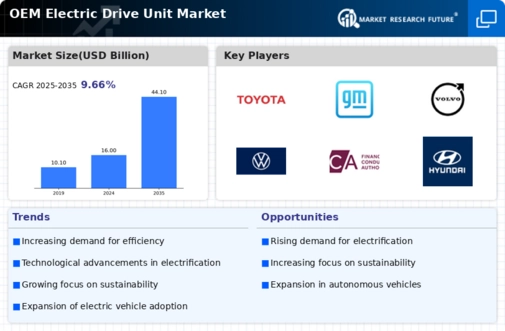

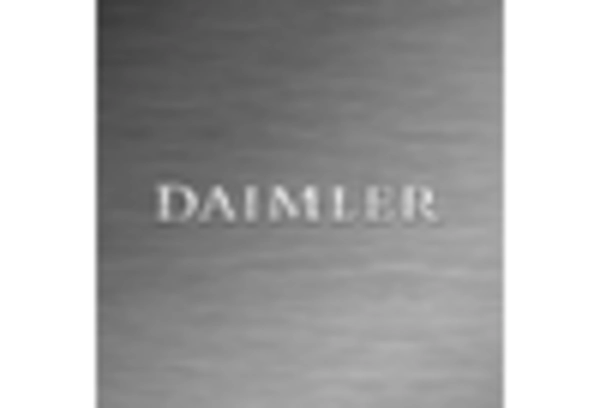
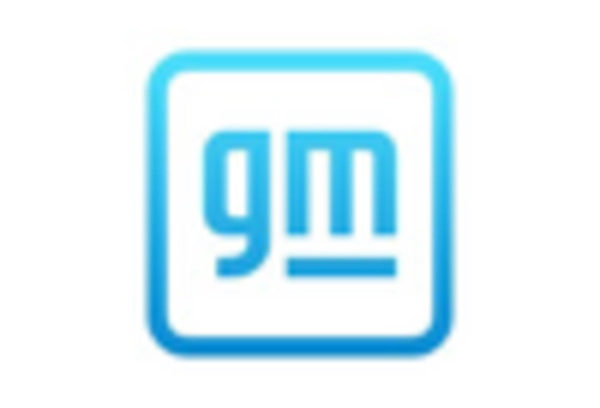
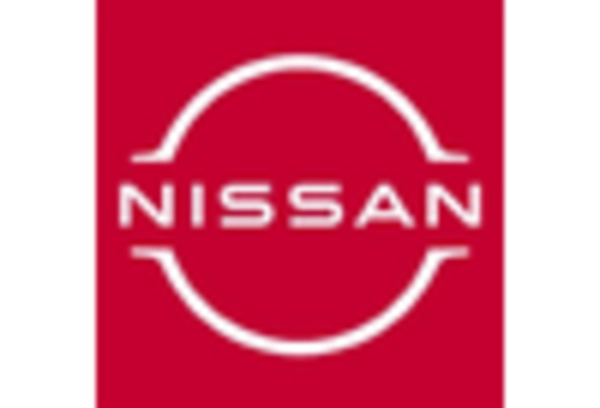

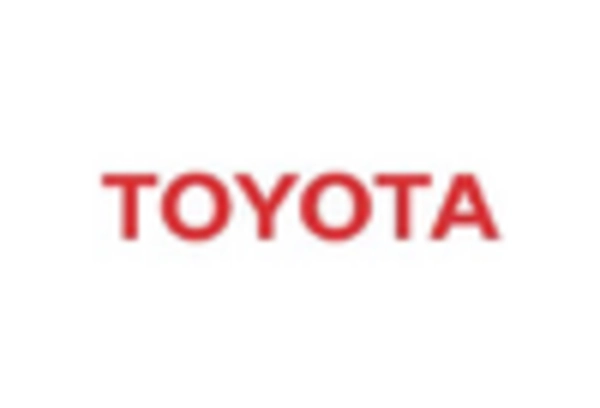








Leave a Comment